Phishstix
Seedling
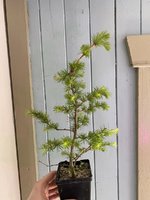
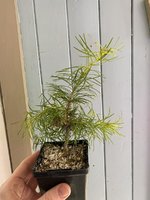
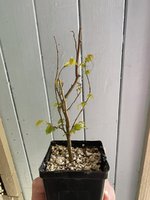
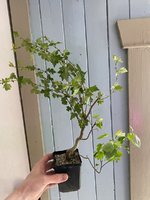
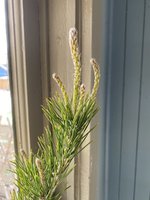
I received a shipment of trees from Bonsaify a few days ago and am hungry to work them. They’re grown in San Fran, and I live in Calgary.. quite a difference in where the trees are growth wise to where my trees are currently. My in ground trees are just starting to have buds swell or leafing out (elm, Larch, Alberta spruce, Bur Oak, Cotoneaster, and so on) and my junipers are just showing signs of waking up. This shipment of trees are all much more active than anything up here.
These are the first trees in my possession other than a Ficus Benjamina that are not being grown in the garden to gain a little size before working them, and I’d hate to kill this material. (I know it’s part of the hobby)
As a newbie I’ve watched the YouTube’s, I’ve read the books and I’m still nervous to take any steps and potentially killing what stock I have at my disposal.
So I’m looking for some clarification on what I can do to these trees in a 4a grow zone at this point in the year or is it best to let them grow until further in the year when I can complete these tasks.
1) Japanese Larch: The first tree is quite large for the given pot and I’d like to let it stretch its legs. I believe the general consensus is to do this before buds break, correct? Is it okay to slip pot, put it in the ground, or just leave it be?
I’d kind of like to trim height back near the “kink” in the leader and delicately wire the branches in a slightly downward direction.
2) Japanese Larch: Maybe just knock back the height and width a tad and let it go for a while as it’s a wispy little thing.
3) Zelkova Serrata: Would kind of like to just get it into a slightly larger terracotta pot to avoid getting blown over in the wind. Going for a broom style and don’t believe wiring is necessary. Maybe knock back a little height on the thick main trunk line.
4) Washington Hawthorn: Would like to perhaps wire for some more lateral movement to increase the crown width eventually. Knock back the height.
5) Multiple Japanese Black Pines: Various amounts of work done to these trees, but all have candles pushing up like this. Mainly hoping to repot into terracotta to lessen the chances of them being knocked over.
Please let me know if I’m out to lunch on what I’m seeing and wanting to do. I’m wanting to give these all the best chance at survival and if that means it’s too late than so be it. The desire to muck about is strong, but the desire not to kill is stronger.
Thank you in advance and sorry if I gave you a stroke trying to decipher this!
